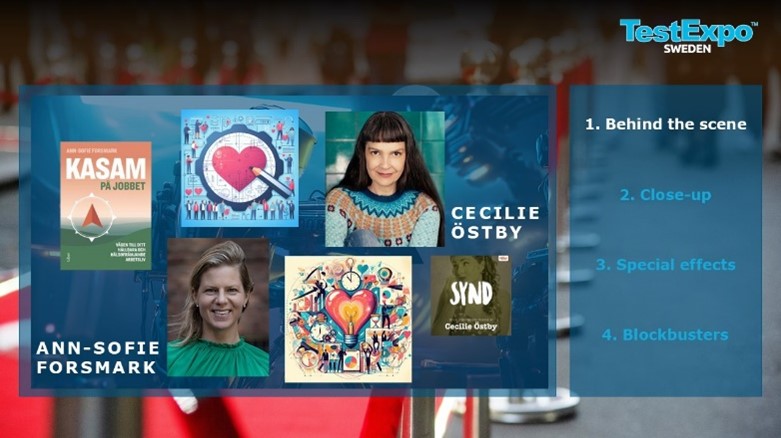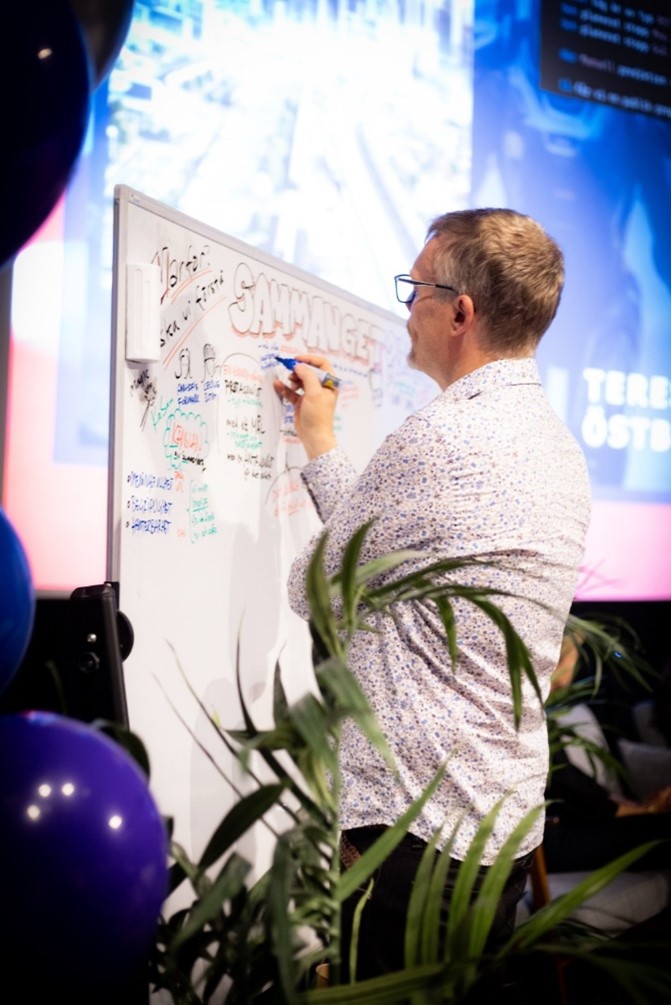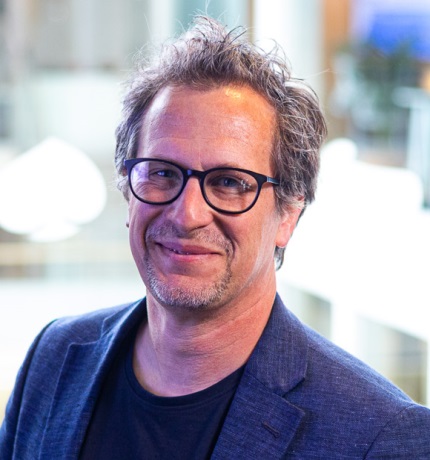The impact of the feeling economy on System Development and Testing – Are we all supposed to be artists now too?

This blog series summarizes the TestExpo VIP event that took place in a cinema in Stockholm on October 10th, as well as the reflections and discussions that resulted from the event.
The event comprised four sections, each inspired by the movie theatre and its culture:
BEHIND THE SCENES – Focused on the cultural perspective and how to build modern organizations in system development that generate value.
CLOSE-UP – Provided a close-up view of what it’s like to work as a modern tester in a system development team, with a focus on how test automation can be applied in a value-focused way.
SPECIAL EFFECTS – Looked at modern tools and methods and evaluated their advantages and disadvantages for today and the future.
BLOCKBUSTER – Summarized the event and looked forward to upcoming trends and advice for the future.
The first part of the series summarizes the discussions that took place within these four main topics among the active participants. Each part ends with a link to a video recording of the session.
For years, our industry has talked about data-driven decision-making, but we’ve often found ourselves questioned with responses like, “Why do we need to know this?” or “Can’t we see the graphs in more appealing pastel colors?”
At this event, we wanted to explore openly and curiously the possibility of understanding ourselves as humans—creatures who act largely based on emotions and thus find it difficult to rely solely on logical arguments.
When working with testing, how do we provide decision-making support that meets recipients’ emotional needs for decision-making? How do we create such data, both on a large and small scale?
What does research say? In 2019, five years ago, researchers predicted that with the rise of AI, we would enter something called the Feeling Economy (Huang et al. 2019), where humans would need to develop empathetic, human-centered skills to complement the logical, calculated work that AI can handle.
Around the same time, Capgemini Research published a report asking global business leaders about emotional intelligence (defined as personal and social awareness as well as self-leadership). Surprisingly, three-quarters of the leaders said already then that emotional intelligence would be a hard requirement for all employees within five years.
Now, five years have passed. How far have we come in this maturity journey? Where do we begin, since it doesn’t seem to happen on its own?
A clue to how we can approach this is illustrated by Professor Lars Strannegård, president of the Stockholm School of Economics, who worked to integrate art into education. In his summer talk on Swedish Radio P1, he explained:
“…we do this not to make things fun or pretty, but because culture opens doors to reflection, creativity, and empathy—views that are essential for society’s development…”
and
“…art has the ability to communicate aesthetically, meaning it speaks directly to our senses.”
At the Stockholm School of Economics, art is thus used as a complement to the fact-based, logical world, with students needing to learn to navigate both worlds in continuous balance.
In my work, I’ve long strived to inspire a more organic approach to system development – one that feels more holistic than mechanical. I often compare this approach to how a surgeon performs an operation on a patient. Just like a surgeon weighs the risks alongside the expected positive outcomes, I believe it’s crucial to carefully consider the potential impacts of every decision. This means continually focusing on the risk-vs-benefit balance, ensuring that we maintain the “health” of the system in the long term. It’s a conscious approach that drives more thoughtful, sustainable development.
Is it possible that the term “art” in phrases like “art of medicine” or the “art of engineering” represents the organic piece that engineers may have missed in their search for identity over the years? Could art help us regain a necessary balance between our logical, calculating side and our empathetic, reflective emotional ability?
But how do we build empathetic, emotional skills? What creates an emotional context that resonates with us in the system development field? Ann-Sofie Forsmark, a leadership consultant at OxyGroup, has written a book on “Sense of coherence at Work” – which explores what we need to feel good at work. The model Ann-Sofie describes is based on our need to feel meaningfulness, comprehensibility, and manageability in our work:
- Meaningfulness – to want and see purpose
- Comprehensibility – to understand one’s situation
- Manageability – to be able to handle and navigate

Ann-Sofie explained that the challenge lies in identifying what feels meaningful, comprehensible, and manageable to each individual, as this is personal and varies. For example, one person may be data-driven, while another may go by intuition. What happens when these two have to work together and make decisions? Could a tester understand this and meet people where they are, based on the need for a sense of coherence in collective or individual decision-making? Do we need both data-driven and emotion-based decision support?
I raised a question during the discussion about where to start: should we focus on meaningfulness, manageability, or comprehensibility first? Ann-Sofie brought up Simon Sinek’s idea of “Start with the WHY,” emphasizing that understanding the main purpose is always the first step. I agreed but added that in testing, things often begin with making aspects of a system more comprehensible and manageable. Through this process, we uncover unknowns. The meaningfulness—the understanding of how this small piece of information contributes to the larger purpose—may take become clear over time.
Ola Berg emphasized that modern system development often involves such complex decisions that they can’t be made by one person alone but require the team. This challenges social intelligence, relying on respect for diverse perspectives to find a shared foundation. How do we build a story that resonates with the team collectively?

Cecilie Östby, an author and writing coach, shared that all good stories contain an inherent conflict, a tension between hero and villain, protagonist and antagonist. She suggested that stories serve as mental training for the brain in making significant decisions.
For example, she cited the character in Chernobyl facing the terrifying realization of an impending meltdown, and the choice to try to prevent it or escape.
It seems that art, with its aesthetic communication, could offer the sense of context we need in system development—a complement to the logical, algorithm-driven industry we’ve turned into. Perhaps we should explore this approach further in the future?
Watch the entire BEHIND THE SCENES part of the event here. (YouTube)


 English | EN
English | EN 